A quarter of a century later, that original body is down from the rafters and back on the car as it heads to the Monterey auctions later this summer. When Fred Yeakel first bought his Bill Thomas-built Cheetah, it sported not just its original body and chassis, but also a relatively recent restoration. So, of course, he pulled the body from the car and replaced it with one of dubious origin that he had to piece back together.
Blame the fender flares. As Yeakel explained it, from the time Bill Thomas designed his Cobra killer in 1963 to the time he began to deliver the cars in early 1964, racing tires had dramatically widened, to the point that they stuck out beyond the bodies of the then-new Cheetahs. The racing team at Alan Green Chevrolet in Seattle ran the dealership’s Cheetah – probably the sixth or seventh overall – without fender flares to begin with, but by early 1965 they capitulated, and the flares have remained with the car ever since.
Except Yeakel intended to take the car vintage racing. Specifically, he intended to take it vintage racing in its original flare-less configuration. Rather than cut off the flares and disturb the restoration work on the body, he set it aside and found another body in Albuquerque that had been cut up. “So we glued it back together and went racing,” he said.
Racing was, after all, Thomas’s intent with the Cheetah. And besides, it’s not like the Alan Green Chevrolet Cheetah had any serial numbers to match up: To the best of anybody’s research, Thomas just didn’t bother with such formalities. “He was just trying to get cars out the door to go racing,” Yeakel said. (Thomas’s lack of record-keeping also likely accounts for confusion about exactly how many Cheetahs he built: Yeakel said 11 is a good number, but that it may account only for the completed cars he sold and not for the incomplete body-and-chassis kits he sold.)
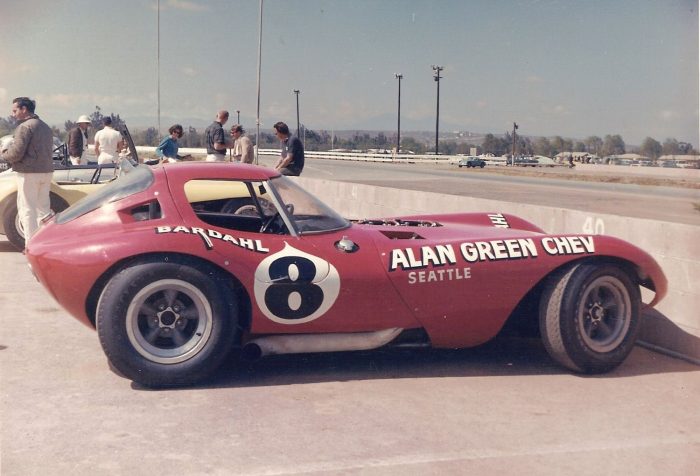
The Alan Green Chevrolet Cheetah in its original red livery. Photo courtesy Fred Yeakel.
Likewise, Alan Green Chevrolet intended two of the three Cheetahs it purchased for the track. The first crashed on its first outing at Daytona, which meant that this one, delivered about a month later, immediately turned around and headed for the inaugural race at Phoenix International Raceway. Over the next year, according to Yeakel’s count, it competed in a total of 60 races. (Ironically, the road Cheetah that passed through Alan Green Chevrolet would later be destroyed in a drag racing incident.)
As delivered, the Cheetah ran a 327-cu.in. small-block Chevrolet V-8 engine topped with Thomas’s modified fuel injection system. Unlike a standard Rochester fuel-injection unit, which incorporated a single air meter on the side, Thomas’s version added a second air meter, recalibrated both for the change in vacuum, and relocated them to the top of the unit.
Green’s race team, including Larry Webb, eventually added the scoops on the tops of the doors for cooling as well as the above-mentioned fender flares. While Green sold the Cheetah in May 1966, subsequent owners kept it on the track and competitive in SCCA racing until 1970. A couple of years later, it made its way to Rob Pinkham of Lake Tahoe, California, who decided to restore the Cheetah for the street, a task that took him 10 years.
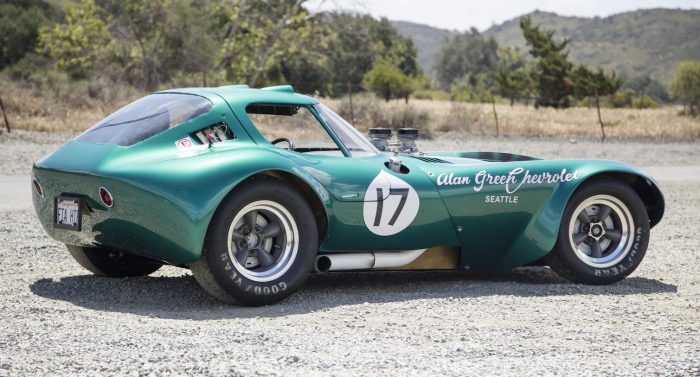


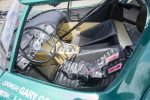
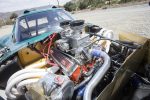
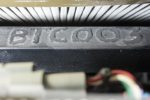
Photos courtesy Bonhams.
Putting the Cheetah on the street also required a serial number for the car. Thomas proved uncooperative when Pinkham tried to get a serial number out of him, so, according to Yeakel, Pinkham simply made one up – BTC003 – based on Pinkham’s knowledge that the first two Cheetahs were bodied in aluminum and his presumption that this was the first fiberglass-bodied Cheetah and thus the third overall.
Yeakel, who not only vintage raced the Cheetah, but also obtained an FIA Historic Technical Passport for the car, said he made the decision to put the original flared body back on the car after his doctor warned him to quit racing it. “I’ve had it 27 years, so it’s not like I didn’t have my fun with it,” he said.
As it sits now, a .060-inch overbored 327 with a mid-Sixties date code and a dual air meter fuel-injection unit – both of which Pinkham installed during the Eighties restoration – powers the car. “It works fine on the street,” Yeakel said.
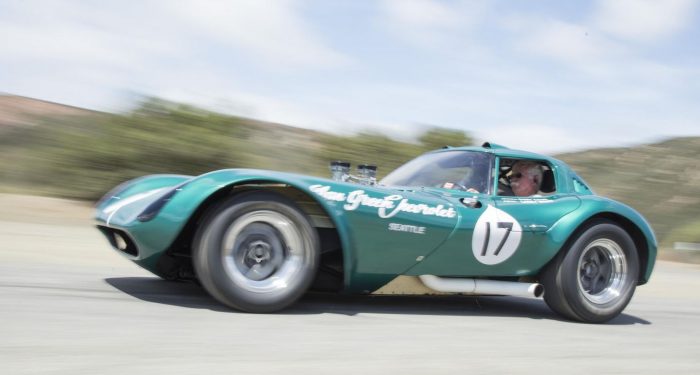
The Alan Green Chevrolet 1964 Cheetah is scheduled to cross the block as part of the Bonhams Quail Lodge auction, which will take place August 19 in Carmel, California. No pre-auction estimate has been released. For more information on the auction, visit Bonhams.com.
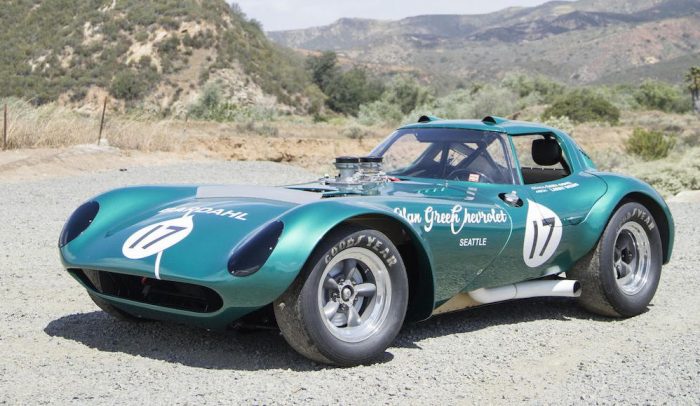
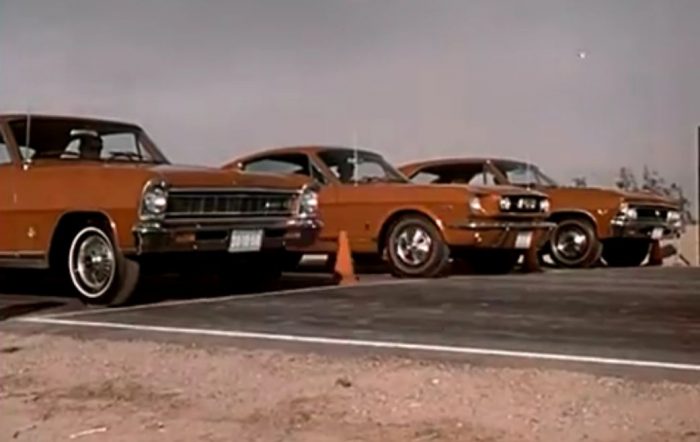
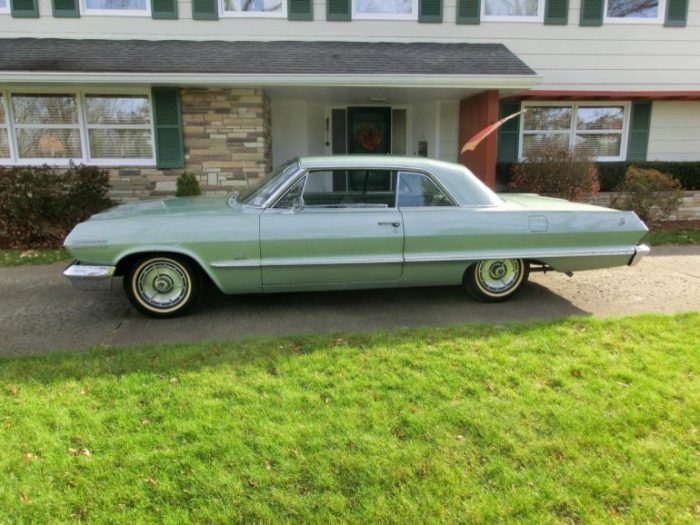

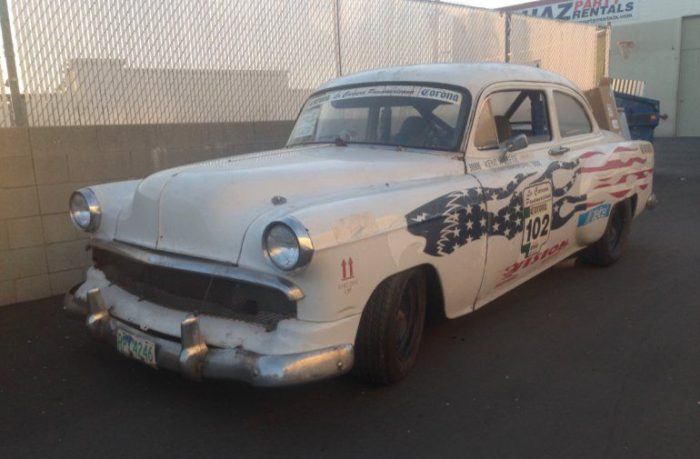

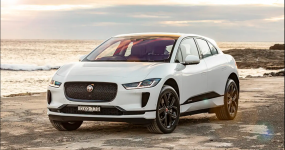
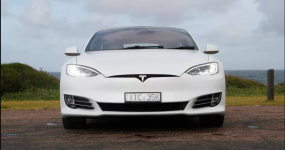
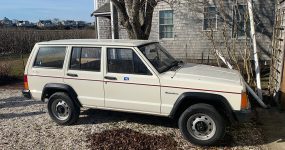
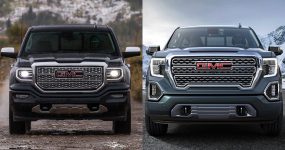
Recent Comments